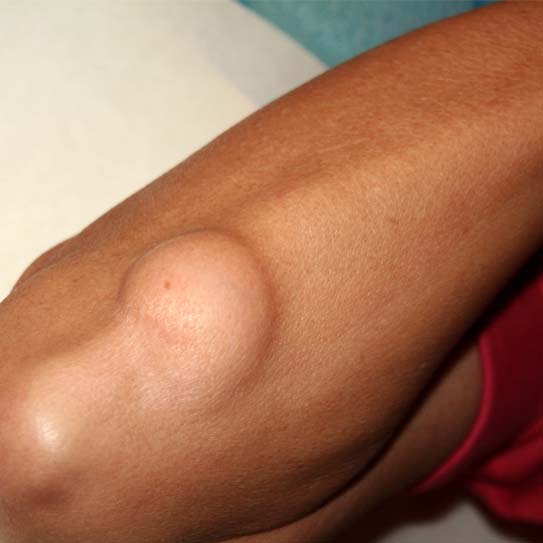Lipoma Treatment: Expert Advice for Fast Recovery

Lipoma Treatment in Dubai are benign tumors made of fatty tissue that often form just beneath the skin. While they are usually harmless, many individuals seek treatment for cosmetic reasons or discomfort. If you are considering treatment for a lipoma, understanding your options and following expert advice can help ensure a smooth recovery. This guide offers insights into effective treatment strategies and tips for a quick recovery.
Understanding Lipomas
What is a Lipoma?
A lipoma is a soft, movable lump that can occur anywhere on the body, commonly appearing on the neck, shoulders, back, arms, and thighs. They are generally painless and grow slowly, often remaining small. While lipomas are not cancerous, their presence can sometimes cause anxiety or concern.
Symptoms and Characteristics
- Soft and Painless: Lipomas typically feel soft and are not tender to the touch.
- Movable: They can be easily moved under the skin.
- Slow Growth: Most lipomas grow slowly and can vary in size from small to several centimeters.
When to Seek Treatment
You might consider seeking treatment for a lipoma if:
- Discomfort: The lipoma is causing pain or discomfort.
- Cosmetic Concerns: The appearance of the lipoma affects your self-esteem.
- Rapid Changes: Any sudden growth or changes in shape or color should be evaluated by a healthcare professional.
Treatment Options
1. Observation
In many cases, if a lipoma is small and asymptomatic, doctors may recommend simply monitoring it. Regular check-ups can help track any changes without immediate intervention.
2. Minimally Invasive Treatments
If you prefer not to wait, there are several minimally invasive options:
- Steroid Injections: Injecting steroids into the lipoma may reduce its size, though this method is not guaranteed to eliminate it entirely.
- Liposuction: This procedure removes fatty tissue using a suction technique. While less invasive than surgery, there is a chance that the lipoma could recur.
3. Surgical Excision
For those seeking complete removal, surgical excision is the most effective treatment. This procedure involves:
- Incision: The surgeon makes a small incision over the lipoma.
- Removal: The entire lipoma is carefully excised from the surrounding tissue.
- Closure: The incision is closed with stitches.
Surgical excision is typically performed under local anesthesia, and patients often report high satisfaction rates due to the complete removal of the lipoma.
Expert Tips for Fast Recovery
1. Follow Post-Operative Instructions
After treatment, adhering to your healthcare provider's post-operative instructions is crucial. This may include:
- Keeping the wound clean and dry.
- Avoiding strenuous activities for a specified period.
- Taking prescribed medications, such as pain relievers or antibiotics.
2. Manage Pain and Discomfort
If you experience pain post-surgery, over-the-counter pain relievers can be effective. Applying ice packs to the area can also help reduce swelling and discomfort.
3. Attend Follow-Up Appointments
Regular follow-ups with your healthcare provider are essential for monitoring healing. These appointments allow your doctor to check the incision site and address any concerns.
4. Healthy Lifestyle Choices
Maintaining a balanced diet and staying hydrated can promote healing. Incorporating fruits, vegetables, lean proteins, and whole grains into your meals can support your body’s recovery process.
5. Watch for Signs of Infection
Be vigilant for signs of infection at the treatment site, such as:
- Increased redness or swelling
- Pus or drainage from the incision
- Fever or chills
If you notice any of these symptoms, contact your healthcare provider immediately.
Conclusion
Lipomas are generally benign and can be effectively treated through various methods, including observation, minimally invasive procedures, or surgical excision. By following expert advice and maintaining proper aftercare, you can promote a fast recovery and address any concerns related to your lipoma. Always consult with a healthcare professional to choose the best treatment plan tailored to your individual needs.